The River of Kings: From Germany’s Black forest to the black sea
- mmalenaonyana
- Sep 6, 2016
- 6 min read
Updated: Jan 15, 2020
The Danube “The River of Kings” at 2872km is Europe’s second longest river. She cuts through ten countries in Central and Eastern Europe meandering through approximately sixteen cities. This river has seen many his and her STORIES. Tasted many triumphs and losses, heard many cries and laughter, and carried both king and serf. Happy or sad, bitter or sweet, beautiful or ugly she flows on and somewhere in Belgrade she converges with the Sava. I wonder if the meeting of the two presents any ‘culture shock’, I wonder what stories the two rivers exchange. If rivers could blog about their travels what would they say, how would they tell the long long stories of their journeys? How I wish I could be part of your ‘lekgotla’ (conflux) and share in your travel tales. As she carried the kings and warriors of yester years, may she carry me and tell me her tales when we meet in Belgrade.
The first stories (not in social studies class) I heard of Belgrade and of Serbia (Yugoslavia) in general were from my friends Marko and Marija. They spoke fondly of ‘Home’, of floating clubs on the Sava and Danube and of times of peace, joy and prosperity. I knew then that I would, someday, walk the streets of Belgrade and grace the dance floors of the floating clubs. Sixteen years later, here I am, in Belgrade! “Oh how I’ve longed to meet you Beograd, I’ve heard so much about you.”
My plane landed at Nikola Tesla Airport a little after 10pm, where I was whisked away to New Belgrade (Novi Belgrade) by my friends. The next morning I wasted no time and set off to the banks of the river Sava to enjoy some coffee and SUN upon one of the many floating cafés. Throughout the day I was gripped by a strong feeling of familiarity, of being home. This feeling stayed with me through the duration of my stay (and it dawned on me why, on the second day). In the evening we went on a city tour of Old Belgrade (Stari Belgrade) on foot and later sat for another delicious cup of coffee and thick mouth-watering dark hot chocolate. We walked along Knez Mihailova the pedestrian boulevard, where I was captivated by the waltz between the buildings and the lights, the hustle and bustle, the chittering and the chattering of the people walking hand in hand or simply side by side on the boulevard. The peace, the tranquillity and the feeling of being safe hung in my subconscious, only to rise with the dawn of the second day. We walked passed fountains, city hall, the post office, parks and Hotel Moskva. Stopping only, yet frequently, to marvel, gaze in awe and take a picture or two.
Belgrade is no stranger to visitors, foreign cultures and religions, for for centuries she has willingly or unwillingly, permanently and temporarily housed former empires; Roman, Serbian, Austrian, Ottoman & Byzantine, she is after all the “gateway to the Balkans and the door to Central Europe.” Remnants of this are evident in architecture, cuisine, culture etc. I was fortunate enough to visit and explore Kalemegdan (Belgrade Fortress) & Pobednik, St Marko’s Church, The Ethnographic Museum, City Hall, Avala, Lake Ada, Lido Beach, The African Museum, Skadarlija, parks and my favourite places; Zemun, Ski Staza, St Sava Church, The Museum of Yugoslav History and The House of Flowers.
Zemun, I fell in love with her cobbled narrow streets and old houses that hold sagas of the 18th & 19th centuries. A climb up Gardos offers a breath-taking view overlooking the Danube and Belgrade. Yes, I dream of owning a little flat here, which overlooks ‘The River of Kings.’ The cafés along the river banks offer a writer’s paradise and are a bank of inspiration. From Zemun we went to a food market to buy fresh farm picked vegetables and meat. At the market we picked out beef cutlets and handed it in to be grilled. We then tasted some luscious watermelon that had my taste buds popping in full bloom. There is no sweeter thing than eating a watermelon in summer. And there was that feeling again, the lingering familiarity. It wasn’t until we were home with the steak cutlets, fresh bread and salad on my plate and having taken the first bite of beef that it sank in. Belgrade feels like home. The meat, the warm people, the hospitality, the feeling of safety, the streets and the empty grassy areas scattered throughout the city, it could be Bots and it’s just like Mzansi. My heart broke out in dance and I enjoyed the rest of my meal with a smile spawned on my face. Hvala Beograd.
Ski Staza, is a gem of a café that is situated in one of Belgrade’s many green spaces/parks. The Staza offers another panoramic view of Belgrade. Marija and I simply came here for the view and coffee. Looking down over the horizon, the eye meets the New Ada Bridge and then the city and the river as it snakes its way to some place new. I definitely recommend making this a must see for any local or tourists seeking a great view and serenity.
St Sava Church, which is known for being the largest Orthodox church in the Balkans, is built where the remains of Saint Sava (founder of the Serbian Orthodox Church) was burned by the Turks (of the Ottoman Empire). He is the patron and saint of schools and education. And the lesson I learnt on my visit to the church, among other things is that adversities, war and poverty cannot dissuade generosity, magnanimity and persistence. Imagine this; in memory of Saint Sava the initial idea to build the church was born in 1895. Due to wars and hardships construction only took place forty years later in May 1935 and this ladies and gentlemen is 340 years after the Turks burnt his remains! Even though the exterior of the church is complete, the interior is still under construction and is financed through donations. You have to admit that in some countries, St Sava Church would have become a white elephant. I’m in awe!
My next favourite place was the Museum of Yugoslav History which also houses the House of flowers, Josip “Tito” Broz’s final resting place. The House of Flowers along with the Gallery of Gifts holds the many gifts that Tito received during his presidency. There is no doubt that he was loved and highly respected, globally. Some of the gifts he received had me scratching my head for I couldn’t believe that nations gave away archaeological artefacts as gifts. However, among these gifts the batons from the youth of Yugoslavia to Tito are by far my favourite. I’m not giving it away, this is something that you have to experience for yourself, what I can tell you is that each baton is uniquely striking, matching the story behind the gesture (The Relay of Youth).
On my last day I followed the Danube to the stunning and laidback city of Novi Sad where I walked amid the ruins of Petrovaradin Fortress and explored the inner city streets. The fortress wall overlooking the Danube, with its unique clock and tower is a favourite spot for brides and grooms to take wedding photos. The hands of the clock are what make it unique, cos on it, the hour hand is the minute hand and the minute hand is the hour hand! Yep, these are some of the fun facts I learned. In the short time we were there, approximately ten bridal couples gorgeously adorned in their dream wedding outfits came and went to take photographs with their loved ones, against the picturesque backdrop of the Danube and Novi Sad. The narrow alleys that join the main walking streets in the city centre all hold hidden gems. It’s like a treasure hunt cos you never know what you will discover. Unfortunately my stay in Novi Sad was a short one, but one that has served to whet my appetite as I’m already planning my return.
I came, I explored, I lived, I laughed, I ate, I drank, I spoke, I saw, I listened, I appreciated and I grew. In deed #GoTsamayaKeGoBona Hvala Belegrade. Thank you Belgrade




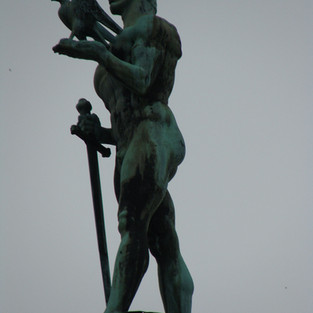


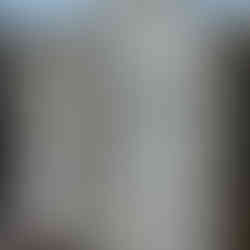








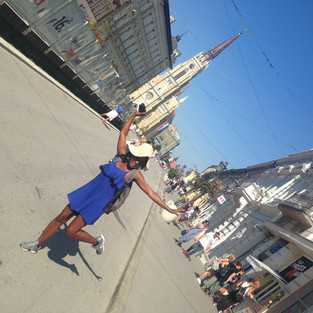



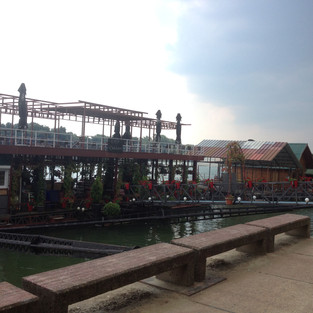




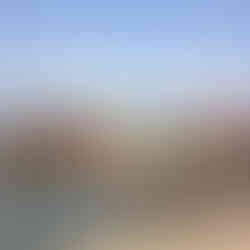





















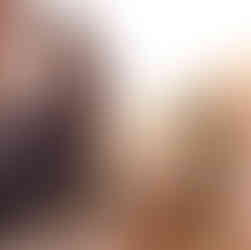












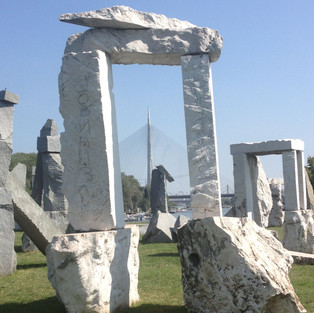
























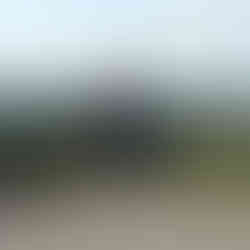
















Comments